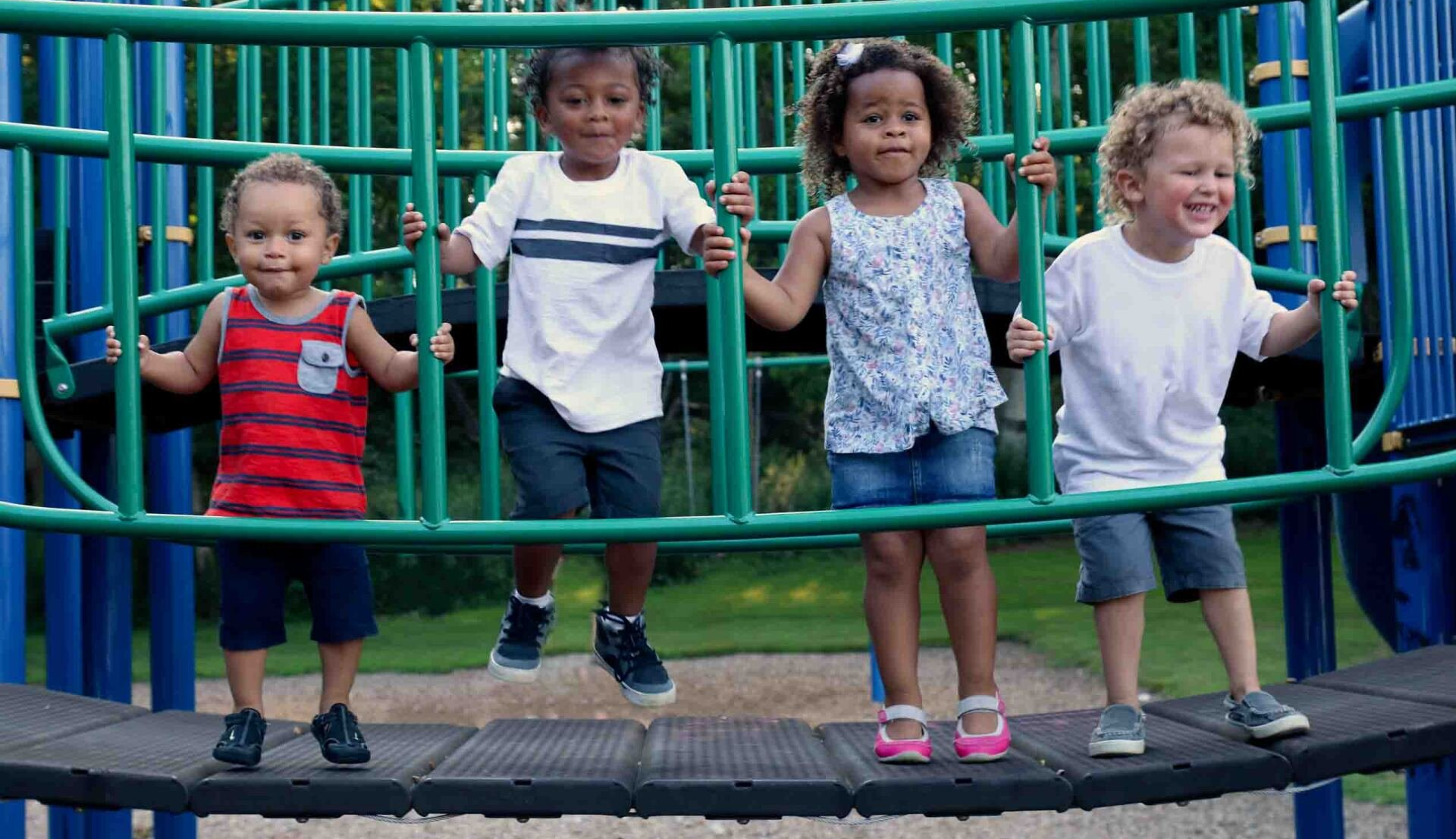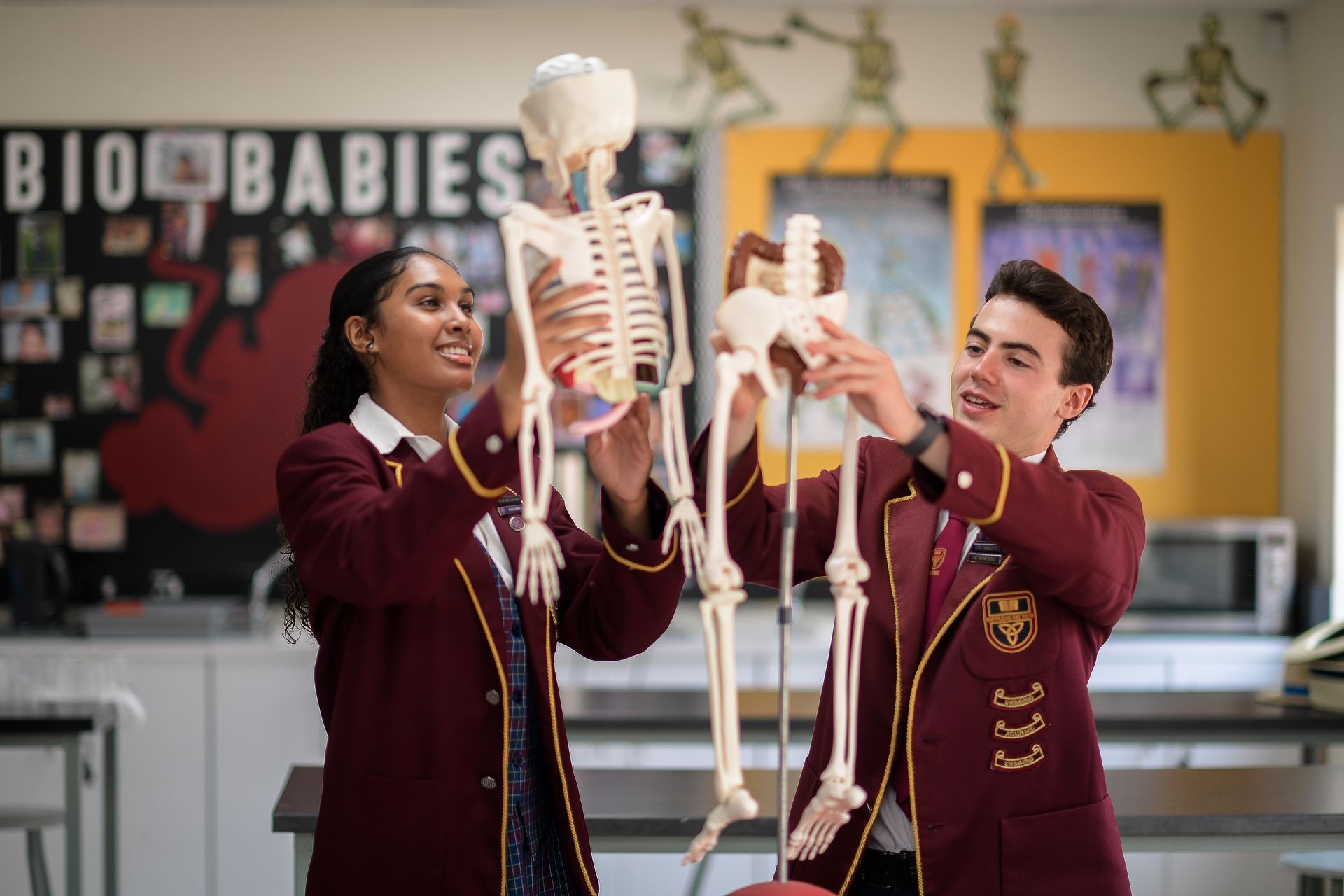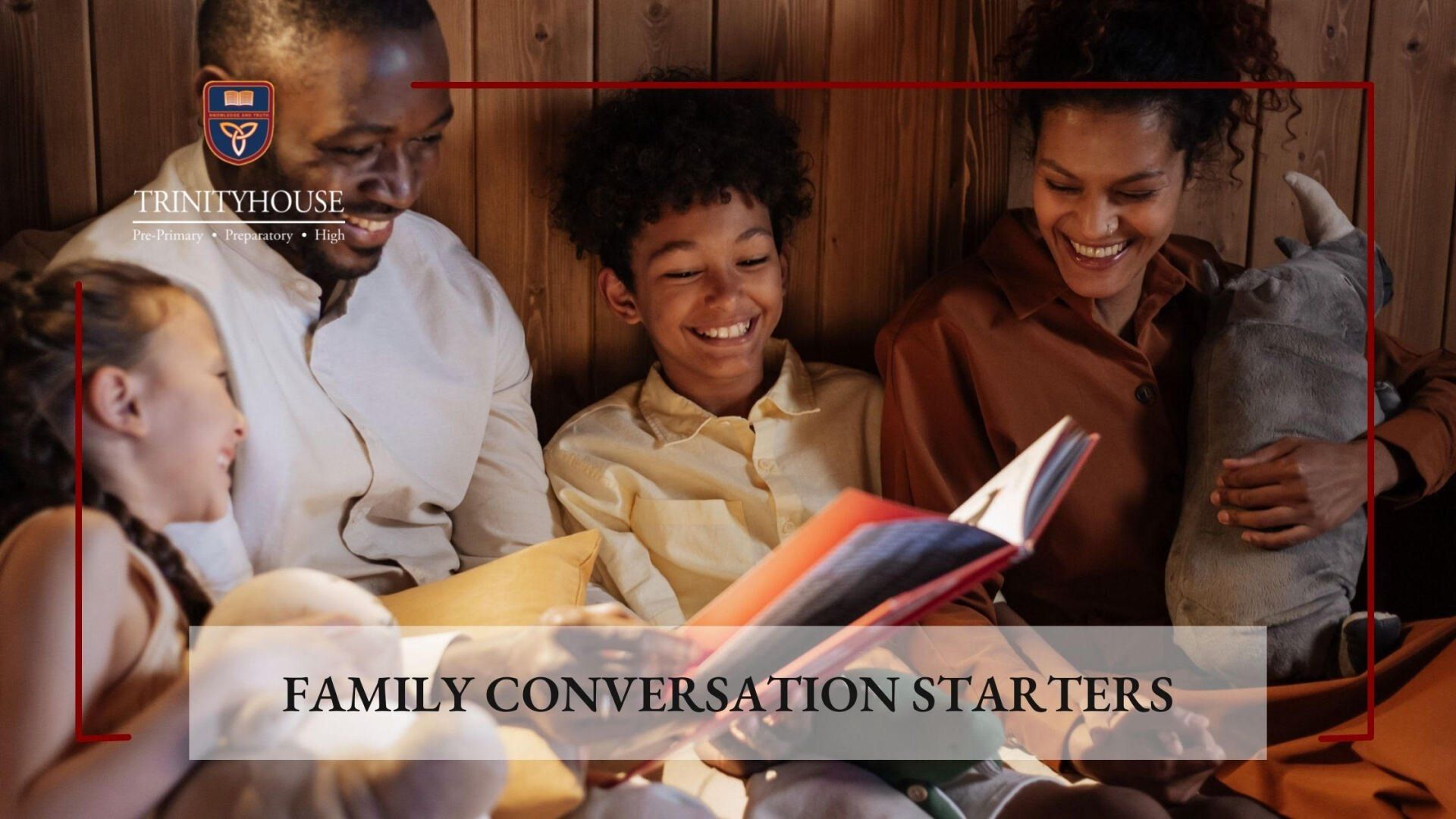How To Talk To Your Children About Racism
Talking to kids about racism

As your children grow up and start exploring the world around them, they will begin to notice that everyone has a different skin colour, differences in eye colour or hair texture. While most schools address issues around diversity, it is important that the topic of racism is overtly discussed in the home and not just at school. We all know that this can be a difficult topic for a parent to tackle, but like many other difficult topics, the conversation will have the best outcome when parents create a safe space for it in their home.
As we will have seen from the Black Lives Matter movements and protests that swept the whole world in 2020, we cannot simply turn a blind eye to racism or pretend that it doesn’t affect us. The best approach is to take the time to explain that racism is often caused by a lack of empathy for others.
“No one is born hating another person because of the colour of his skin, or his background, or his religion. People must learn to hate, and if they can learn to hate, they can be taught to love, for love comes more naturally to the human heart than it’s opposite.”
- Nelson Mandela
Some studies have shown that babies from as little as 5 months old have the ability to pick up on physical differences such as skin colour. The earlier you teach your children about racial diversity, the quicker they will learn how to defend themselves or others from it. Here are some age-friendly ways to help your children understand racial diversity.
5 Years and Under
Children under the age of 5 are most impressionable and will model your behaviour. Show empathy and respect for all in your daily life and your child will model this behaviour going forward. Children under the age of 5 often tend “not to see skin colour” and will focus on other aspects of their friends such as gender and whether they like to play the same games. However, you can explain racism by simply putting a daisy and a rose next to each other. In age-appropriate language, teach them that whilst one is different from the other, they’re both equal and beautiful.
If your child asks why another child’s skin is a different colour from theirs, don’t ignore them; smile and say “Imagine having only one colour crayon, wouldn’t that be boring? You want all the colours of the rainbow, and so did God.” It’s a great way to show your children that you are open to helping them understand any question they may ask.
6 – 12 Years
Children are more aware of their surroundings and have started thinking for themselves at this age. The best thing you can do is to listen, understand and be supportive. If you’re watching a movie together, ask them, “Why are some people the bad guys and some the good guys?” It will be interesting for you to hear their response and they’ll probably teach you a thing or two.
At this age children are also able to absorb simple scientific facts. Find interesting YouTube videos that explain the reason for varied melatonin levels in skin.
13 Years and Up
Honest and open discussions are best during this age as they are able to tell you what they know and how they feel about racism. Try asking them how they would like to include more diversity and culture at home. Whether it’s a traditional meal or a culture-oriented movie, exposing your children to different lifestyles lets them know that everyone is different and should be respected.
“It is not our differences that divide us. It is our inability to recognise, accept, and celebrate those differences.”
- Audre Lord
At Trinityhouse, we believe that every child should be treated with respect, love and kindness. We have introduced a programme called Respect Diversity and Inclusion in every Trinityhouse School and specific topics are deliberately included to stimulate debate, improve understanding and ultimately ensure that every child is accepted and celebrated. How do you tackle this issue at home? Share your thoughts with us and other parents below.
If you wish to learn more about us and what we stand for, please visit our About Us page. All applications are welcome. Apply Now. For any and all enquiries, we’re more than happy to help:














